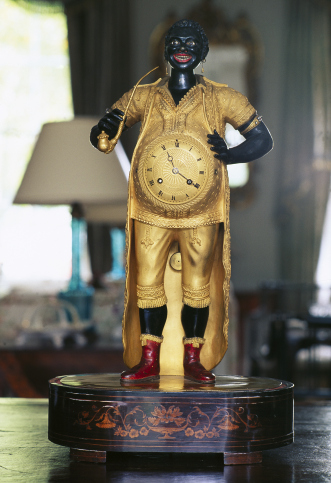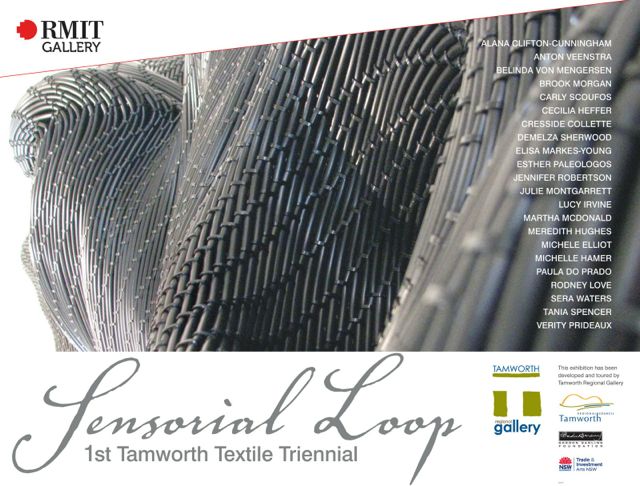The Centre for Early Modern Studies (CEMS) at the Australian National University presents the second of its 2021 seminars with Robbie Richardson, Assistant Professor, Department of English, Princeton University.
This is an online event. Register here via Eventbrite.
Date/Time: Thursday 28 October 2021, 10:00am (AEST)
Abstract: The European and North American collection of the bones of Indigenous peoples from the Americas and Oceania was largely a nineteenth-century phenomenon, whose painful legacy is still being negotiated today. This paper will consider the precedents to this practice and the ideologies that drove it, in the form of British understandings of Indigenous funerary practices and attitudes to death, the collecting of body parts and the deaths and burials of Indigenous visitors to Europe, and the rise of the belief in biological race. Shakespeare writes in The Tempest about those who, “[w]hen they will not give a doit to relieve a lame beggar, they will lay out ten to see a dead Indian.” How can we understand this impulse, and the future that followed it? This paper will also attend to Indigenous beliefs about the personhood of objects themselves, and their treatment as ancestors and holders of precious knowledge.
About the speaker: Robbie Richardson is Assistant Professor of English at Princeton University. He is the author of The Savage and Modern Self: North American Indians in Eighteenth-Century British Literature and Culture (University of Toronto Press 2018) and is currently working on a book project that looks at the history of Indigenous objects from the Americas and the South Pacific in Europe up to 1800, and how these materials and the epistemologies they represented informed primarily British understandings of their own past and present. He is a member of Pabineau Mi’kmaw First Nation in New Brunswick, Canada.About our speaker: Robbie Richardson is Assistant Professor of English at Princeton University. He is the author of The Savage and Modern Self: North American Indians in Eighteenth-Century British Literature and Culture (University of Toronto Press 2018) and is currently working on a book project that looks at the history of Indigenous objects from the Americas and the South Pacific in Europe up to 1800, and how these materials and the epistemologies they represented informed primarily British understandings of their own past and present. He is a member of Pabineau Mi’kmaw First Nation in New Brunswick, Canada.
The Centre for Early Modern Studies, ANU, brings together researchers and HDRs from the disciplines of history, literary studies, art and design, theatre and performance history, languages, linguistics, music, and the digital humanities who study the long early modern period (1450-1800).
Their iInaugural seminar, What is Early Modern History?, with Professor Merry Wiesner-Hanks, is now available to view online at the CEMS YouTube channel.
Sign up for their newsletter, follow on Twitter @AnuCems, or visit the CEMS website to read about current projects and future events.
Please contact Dr Julie Robarts with any enquiries: julie.robarts@anu.edu.au.





